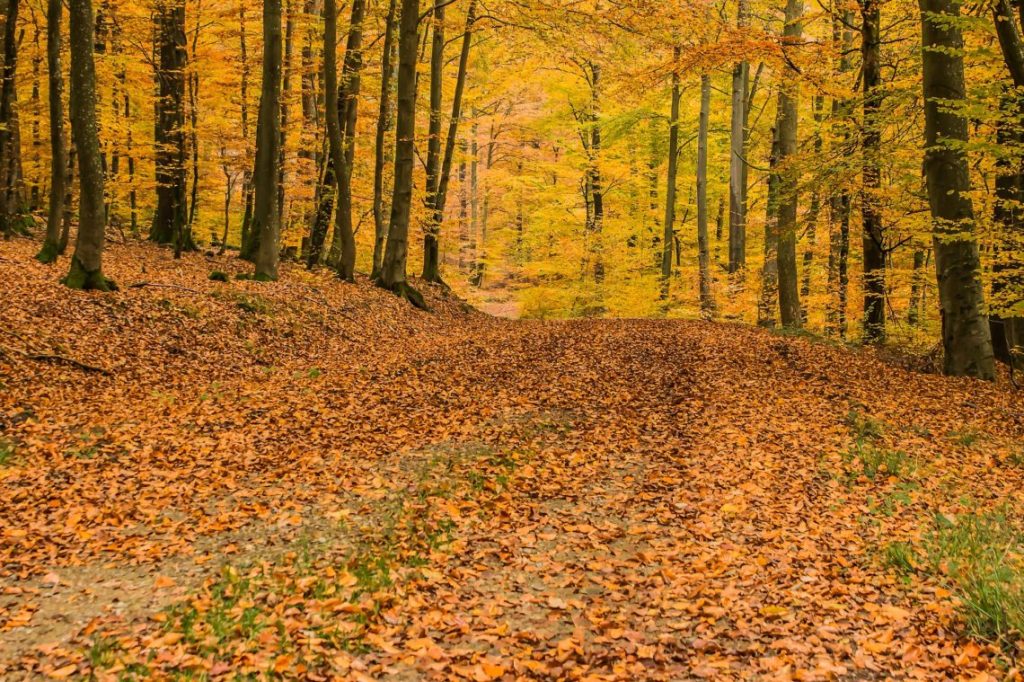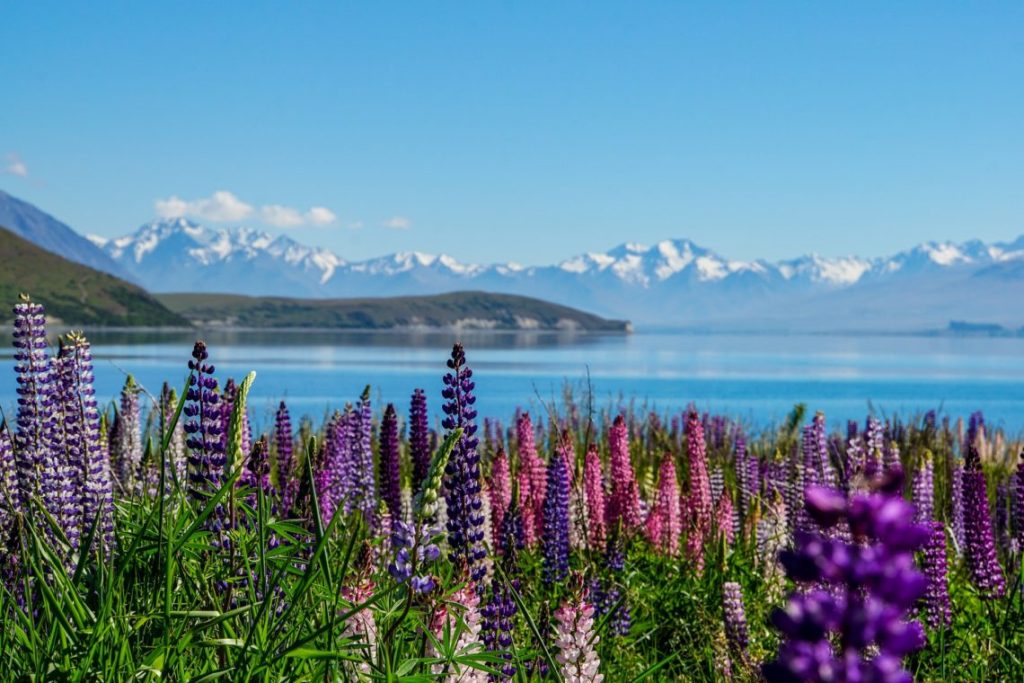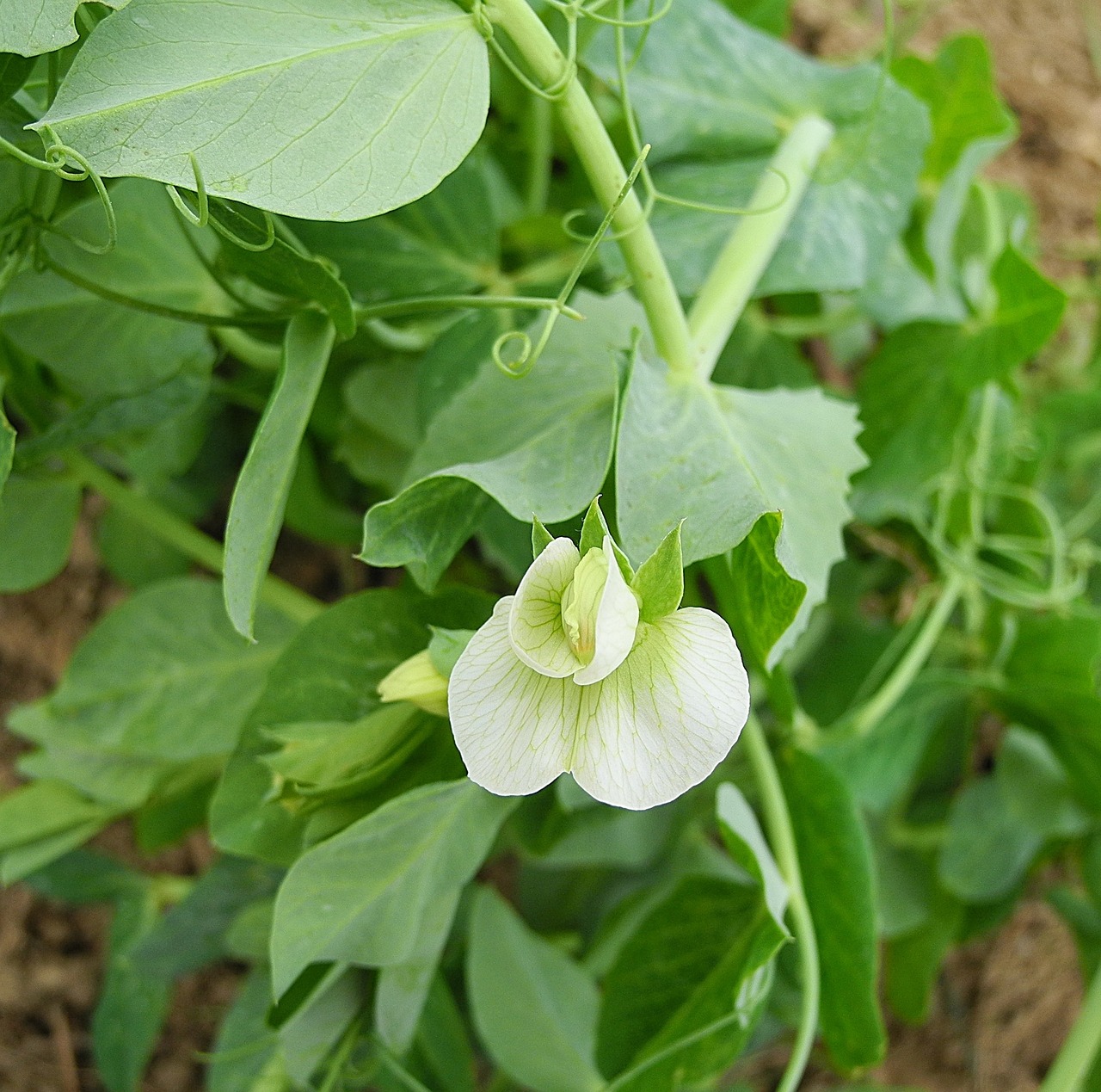When I write a post about a plant, I include a chart with many of the plant’s properties. One property I include is whether the plant fixes nitrogen. So what does that mean, and why does it matter?
For a fully scientific discussion on this process, read this article on nature.com. It’s very in-depth, but can also be time-consuming if you’re not up-to-date on all the sci-speak. So here is my layman’s description of nitrogen-fixing plants, also called nitrogen fixers or N-fixers.
The 4 ways plants get nitrogen
Nitrogen is an essential nutrient for plant growth and development. It’s also a very common element on Earth, mostly found as gas in the atmosphere. The only thing is, plants don’t have the ability to acquire and use nitrogen from the atmosphere. Plants can get nitrogen in four different ways:
- The addition of manure or manufactured fertilizer (ammonia and/or nitrate)
- The release of nitrogen compounds from decomposing organic matter (mulch, compost, humus)
- Natural processes such as lightening (read how here!)
- Biological nitrogen fixation done by microorganisms in the soil
First, an important note on number two. ABM — always be mulching. You can add compost, but more importantly make sure you mulch with any kind of organic matter, including the chop-and-drop method. Chop and drop every single year, and if that’s not enough, haul in more mulch.

It’s also important to consider switching to no-till methods, as a vast majority of the nitrogen fixation happens by microorganisms in the soil and tilling results in major damage to the soil ecosystem. Basically, tilling quickly oxygenates the soil, which boosts the metabolic activity of the microbes who in turn pump out lots of nutrients. But eventually the microbes burn up all the nutrients and then die off, leaving the soil depleted of fertility.
Biological nitrogen fixation
Biological nitrogen fixation occurs with many different kinds of bacteria. Some of them are “free-living” and some of them require symbiotic (where both parties work and benefit) or associative (the plant doesn’t produce nodules, but still manages to associate with certain kinds of bacteria) relationships with other organisms. We’re going to talk about the bacteria that form symbiotic relationships with plants.
You see, nitrogen-fixing plants don’t actually fix nitrogen from the air to the soil. They just feed the right kind of bacteria sugar that they made from eating sun rays (I mean, that’s basically what it is), and in turn those bacteria take nitrogen from the air and convert it into compounds usable by the plant. This happens in root nodules that the plant and bacteria collectively form.
Nitrogen-fixing plants are well-adapted to conditions that are otherwise lacking in plant-usable forms of nitrogen. In cases where the bacteria they associate with are missing or the nodules never form, the plant suffers severely and visibly.
When these plants die back or are pruned or chopped and dropped back onto the ground, the nitrogen-rich plant parts and their roots decompose and add extra nitrogen into the soil. That means nitrogen-fixing plants eventually help other plants too. This is the point of cover cropping, but I think the tilling-it-in part is counterproductive.
Adding many nitrogen-fixing plants to your food forest, garden, or lawn will end up helping all the plants. They’re also often very pretty, useful, and loved by wildlife.
What are some nitrogen fixing plants?
All plants in the legume (Fabaceae) family are nitrogen-fixers. These include plants like peas, beans, peanuts, alfalfa, vetch, honey locust, caragana, lupine, baptisia, clover, leadplant, and American licorice.

Azolla (a tiny aquatic fern that lives in tropical and temperate regions) always forms a relationship with one species of cyanobacteria (blue-green algae). On a related note, cyanobacteria are largely free-living nitrogen-fixing bacteria. Do you eat spirulina? It’s a nitrogen-fixing bacteria. Another cool thing about cyanobacteria is that rice farmers in Asia have been inoculating their flooded rice patties with it for at least a thousand years for its nitrogen-fixing powers.
Actinorhizal plants are certain plants from several different families, all of them except one being trees and shrubs, that form a symbiotic relationship with nitrogen fixing actinobacteria. Here is a list of all the genera in this group. Plants you might use include alder, silver buffalo berry, goumi, seaberry, new jersey tea, and california lilac.
How should you incorporate nitrogen-fixing plants into your yard?
In your lawn, you can add white clover seed. It’s beautiful and luscious and keeps your lawn greener. In your garden, add a variety of many different nitrogen-fixing plants. You can incorporate trees, but if you live in an urban setting, you might want to conserve your tree space for food-producing trees. No worries, there are so many shrubs and herbaceous plants to choose from, you’ll never get bored. Try stacking functions and maximize the bang for your buck. For example, the shrub silver buffaloberry (Shepherdia argentea) is native in north central North America, fixes nitrogen (it tolerates heavy pruning for chop-and-drop mulching), has edible berries, provides wildlife habitat and nesting area, has thorns for hedge protection, attracts pollinators, feeds wildlife, and provides fuel, dye, medicine, and saponins (soap bubbles). Now that is a useful plant!
So do we have to fertilize plants that don’t fix their own nitrogen?
No. Some plants have higher nitrogen needs than others and have evolved a way to get that. Other plants that don’t fix nitrogen get along just fine in natural settings without humans coming along and fertilizing them. They rely on the ecosystem within which they live for their nitrogen needs, which includes all four sources listed above. Isn’t the complexity of nature amazing?
Resources:
Wagner, S. C.. (2011) Biological Nitrogen Fixation. Nature Education Knowledge3(10):15 https://www.nature.com/scitable/knowledge/library/biological-nitrogen-fixation-23570419/
Hemenway, T. (2009). Gaia’s Garden: A Guide to Home-Scaled Permaculture, 2nd Edition. White River Junction, VT: Chelsea Green Publishing Company
Wikipedia (6/3/2020 last edit). Actinorhizal Plant. https://en.wikipedia.or
